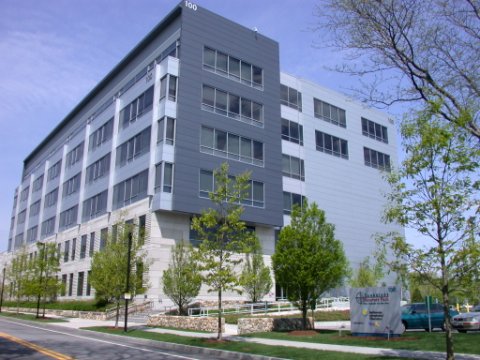|
|
|
|
Central EngineeringElectrical Engineering |
||
|
|
Design and Simulation Tools:
The primary Computer Aided Design/Engineering tool used by EE staff for the development and simulation of their designs is Mentor Graphics Dx Designer (Viewdraw) Schematic Capture. Other tools include:
Electrical engineering staff can also utilize other CAE design software packages such as OrCAD, PADS Logic, E3, and various vendor-specific embedded software IDE's. IDEAS, AutoCAD, and SolidWorks mechanical CAE tools are used for chassis, panel, and test fixture designs. MSOffice products are used for documentation and support tasks using VBA for scripting and task automation. Group electrical and computer engineers are fluent in a number of standard programming languages including C, C++, Forth, Fortran, IDL, Assembler, BASIC, and Pascal; and script interpreters such as TCL and PERL. They are also proficient with common operating systems such as Linux, UNIX, Windows, Windows NT, and DOS, in addition to the custom real time systems that are developed and used in the design and test of the hardware being constructed. Other Technical Resources:
Additional in-house resources are available for the preparation, execution, and verification of electronic production processes for PWB and cable assemblies. These include: ventilation hoods, flow benches, microscopes, crimp tools, and small and large environmental test chambers--Thermotron S-27-3800 with a -65℃ to +180℃ (-85℉ to +356℉) temperature range and 36x36x36 inch interior. SAO technicians are also familiar with other standards such as ANSI/IPC-A-610 "The Acceptability of Electronic Assemblies". They are experienced in the use of light machining tools, and in the handling of materials common to PWB assembly work including staking compounds and the application and removal of conformal coatings. Electrostatic Discharge (ESD) countermeasures that are consistent with MIL-STD-1686 and NASA-STD-8739.7 are implemented in all work areas on the production floor, and in FED-STD-209 compliant clean rooms. To return to the main electrical page (Click here) |
|




